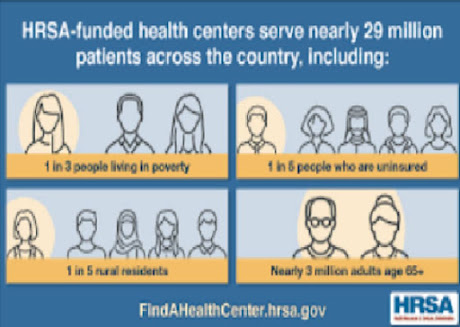Congenital heart disease. Coarctation of aorta
Coarctation of the aorta is a congenital heart disease, that is, it is a cardiac malformation that is present at birth. This anomaly represents 5% of congenital heart disease, it is not very frequent. Coarctation of the aorta consists of a narrowing of the artery called thus, aorta. This artery is responsible for carrying blood with oxygen from the left ventricle to the rest of the body.
The aorta is divided into the thoracic aorta, which is the
ascending part that leaves the heart along with the descending part that
reaches the arms, and the abdominal aorta, which is the part that straightens
and carries blood to the abdomen area. Generally, the narrowing occurs in the
descending part of the thoracic aorta.

It is common for this lesion to be associated with other
congenital cardiac malformations, such as ventricular septal defect, patent
ductus arteriosus, bicuspid aortic valve, and certain mitral valve
abnormalities. The association of congenital heart disease of the left area of
the heart is also known as Shone syndrome - mitral supravalvular fibrous ring,
parachute mitral valve, subaortic stenosis and aortic coarctation.
Consequences of coarctation of the aorta
Narrowing of the aorta can cause different problems in
children because:
•The left ventricle is forced to exert itself to push blood
at the proper pressure to the rest of the body, eventually leading to heart
failure and high blood pressure. On the contrary, the lower part of the body
sees the blood flow it receives reduced, which, among other pathologies, can
cause kidney failure.
Blood pressure is highest before coarctation and lowest
after injury. Excess pressure can cause headaches or even leg cramps, in
addition to making it difficult for the kidneys to produce enough urine.
•The walls of the aorta can weaken due to the high pressure
caused, favoring the rupture of the walls and causing effusions or hemorrhages
.
One of the frequent associations of this type of congenital
malformation is hypoplasia of the aortic arch , that is to say that it is small
and, in addition, it is likely that it does not grow as the rest of the body
does with age. Hypoplasia can affect part or all of the arch, which, in
addition to its severity, will define the type of surgical technique that will
have to be performed for its repair. Another frequent association is that of an
interventricular communication (VSD), which may or may not coincide with aortic
arch hypoplasia.
Symptoms of coarctation of the aorta
The symptoms that children with this type of heart disease
present are very varied, they will depend mainly on the degree of narrowing
-the more severe the symptoms will be more evident- and if there is another
associated malformation.


